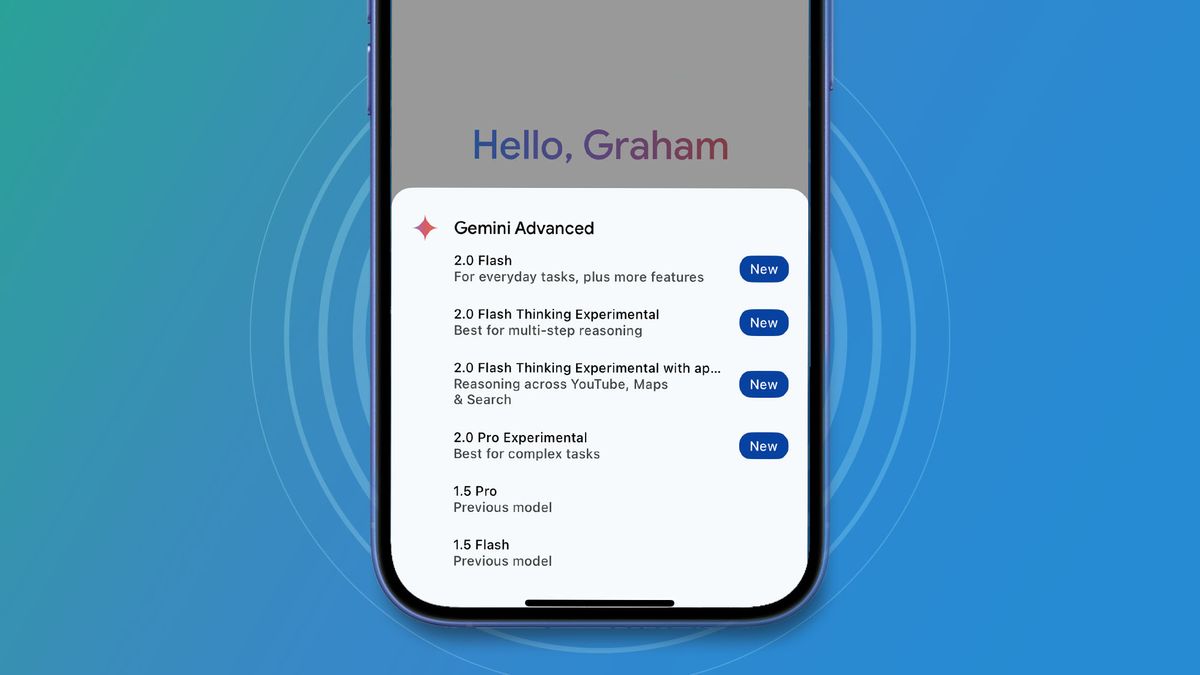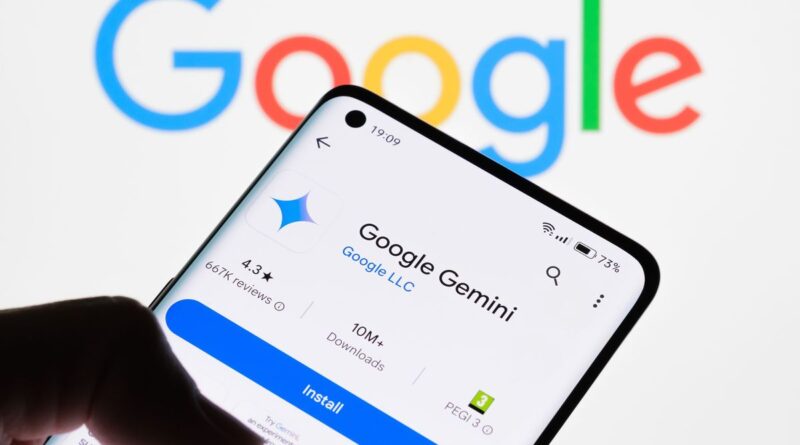You only need to see this screenshot once to realize why Gemini needs to follow ChatGPT in making its AI products less confusing
OpenAI has already announced that it will simplify its ChatGPT product roadmap, which has become horribly splintered lately by too many obscure product names for the average consumer to care about. It’s ditching all its latest model names, such as o1 and o3, not to mention o3-high, to get behind a simple ChatGPT-followed-by-version-number branding style.
I think it’s time Google followed suit with Gemini, and if you want to know why, just look at this screenshot I took from the Gemini app on my phone today:

It’s hard to look at that screenshot and think that anybody at Google planned it to look that way; it’s just how it’s evolved, with little thought given to the person who has to use it.
As part of the Gemini Advanced subscription you get access to all of Google’s different language models, however having to choose between seven different models with very similar names is verging on the ridiculous. Not to mention that I think ‘Google Gemini 2.0 Flash Thinking Experimental with apps’ could well win an award for the longest product name in history. What does that mean, anyway?
As a ChatGPT Plus subscriber, you also currently get access to an equally baffling number of different LLMs. Some, named things like o1, are deep reasoning models that take a while to really mull over the questions you ask them, while others are smaller and more lightweight, so you get quicker answers but less depth. It’s almost like Google and OpenAI are competing with each other in how confusing they can make their AI tools.
Too much choice
I get it; if you are involved in academic research or need AI to help you write code, you probably need access to a variety of different LLMs for different tasks. But if all you want to do is get AI to help you with your kid’s math homework or plan your next road trip, having access to such a diverse selection of LLMs is overkill.
OpenAI’s proposed solution is to settle down behind the ChatGPT name followed by a version number, so ChatGPT-4, then ChatGPT-5, and so on. The AI will then look at the complexity of what you’re asking and decide if it needs to use a deep reasoning model or a simpler LLM. To torture an analogy, most people don’t care how the sausage is made; they simply want a delicious-tasting hotdog.
Google should do the same with its different versions of Gemini. For example, the ‘2.0 Flash Thinking Experimental with apps’ model has the power to access things like YouTube videos, so it can answer questions about them or extract the key points from them. Why not just call it Gemini 2.0, and then, if you ask a question about a YouTube video, switch to the relevant LLM without having to get the user to choose it first?
Look at Apple
What we want is AI that just works, with simple naming conventions. If you look at the way Apple brands its products, it normally has up to three versions of a product with a simple name indicating the differences. It has two versions of its MacBook – the MacBook Air and MacBook Pro – and its latest iPhone – iPhone 16 and iPhone 16 Pro – that’s nice and simple.
We’re still right at the start of the AI revolution, and things are changing rapidly, and the consumer experience is often left as an afterthought. As OpenAI’s decision to simplify its branding shows, that situation is starting to change. I think we can expect the experience of using AI to get a lot slicker this year, let’s just hope that Google get the memo, too.

